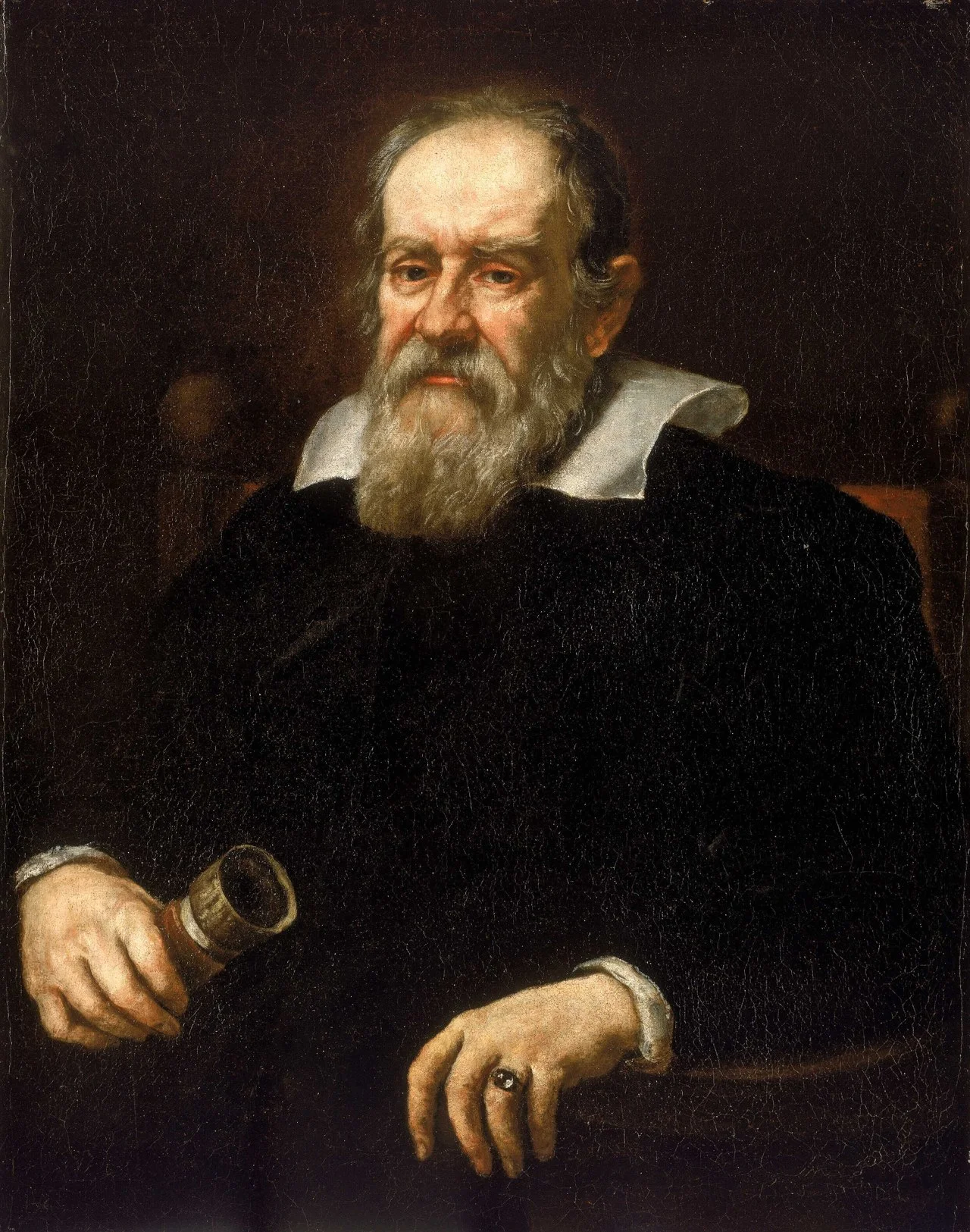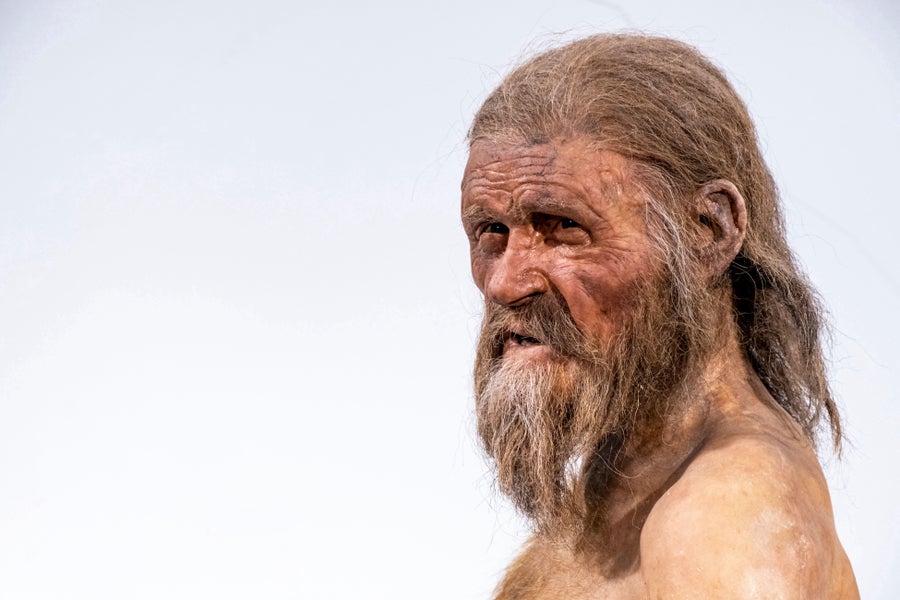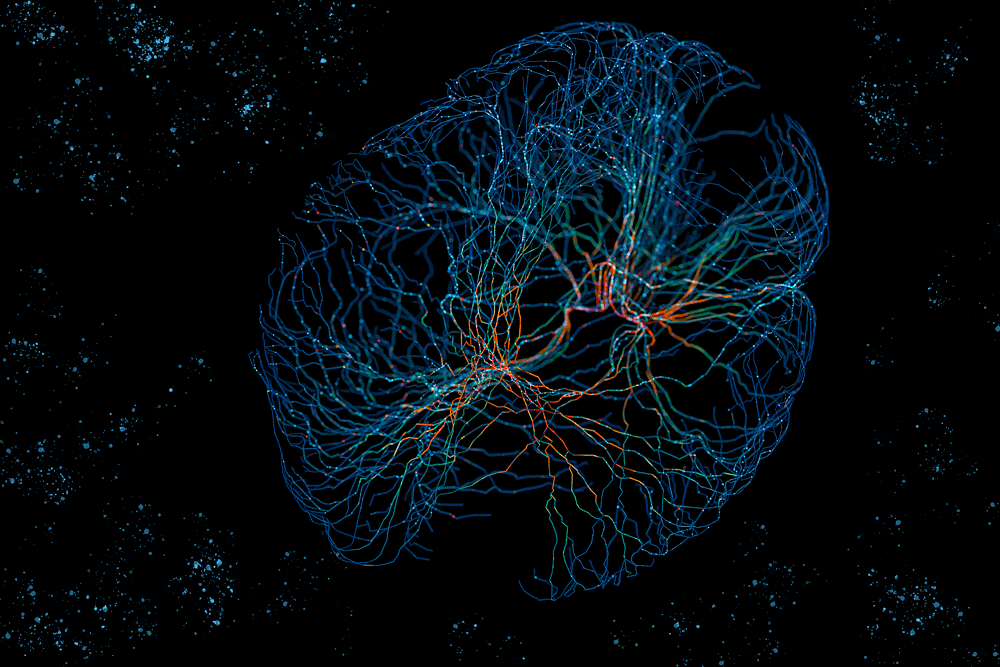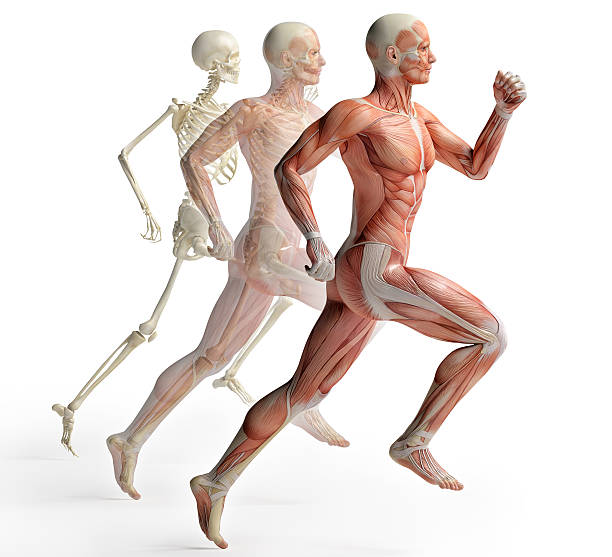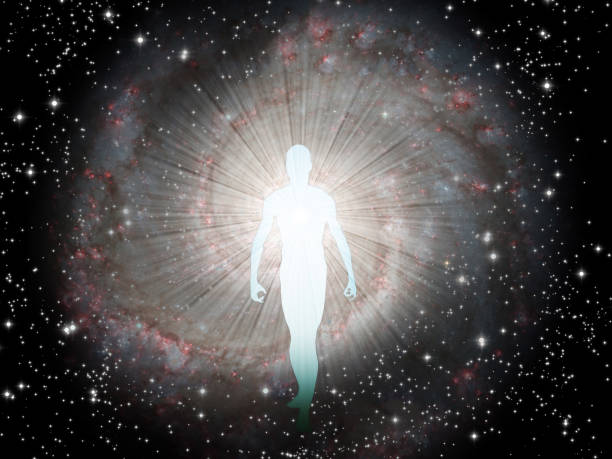When we think of the scientific revolution, one name shines brighter than all others—Galileo Galilei. He was not only an astronomer and physicist but also a poet of reason, a rebel against ignorance, and the man who dared to read the universe in the language of mathematics. Born in Pisa in 1564, Galileo lived during a time when science was shackled by superstition and dogma. Yet, through curiosity, courage, and intellect, he reshaped humanity’s understanding of reality itself.
Galileo’s work marked the birth of modern science. He was the first to marry observation with experiment, the first to gaze through a telescope and see the unseen, and the first to insist that truth lies not in authority but in evidence. His discoveries—though centuries old—continue to guide scientists, engineers, and dreamers to this day.
Let’s explore ten of Galileo’s most important contributions that transformed not only physics and astronomy but the very way we perceive the cosmos.
1. The Birth of Modern Scientific Method
Before Galileo, natural philosophy (as science was then called) relied heavily on ancient texts and speculation. Aristotle’s views dominated—he taught that heavier objects fall faster, that the heavens were perfect, and that logic alone could explain nature. Galileo shattered that mindset.
He insisted that knowledge must come from direct observation, experimentation, and measurement. He introduced what we now call the scientific method—a systematic process of hypothesis, testing, and revision.
Galileo would perform experiments, record results, and then mathematically analyze them to discover underlying laws. He repeated tests to ensure accuracy and invited others to verify his findings. This approach was revolutionary—it replaced authority with evidence.
In essence, Galileo taught the world that science is not about believing what we are told but about discovering truth through experience. This method became the foundation of all modern scientific inquiry, inspiring figures like Newton, Einstein, and every researcher since.
2. The Law of Falling Bodies
One of Galileo’s most famous and revolutionary discoveries was his study of motion—specifically how objects fall. Aristotle had claimed that heavier objects fall faster than lighter ones. Galileo, however, doubted this ancient belief.
According to legend, he climbed the Leaning Tower of Pisa and dropped two spheres of different masses to demonstrate that they hit the ground at the same time. Whether the story is literal or symbolic, Galileo indeed performed experiments using inclined planes to study motion carefully.
He discovered that all objects fall at the same rate in the absence of air resistance, regardless of their weight. This was a profound revelation that directly contradicted centuries of accepted wisdom.
From his experiments, Galileo also deduced that the distance an object travels while falling is proportional to the square of the time it has been falling—a mathematical relationship that later became central to Newton’s laws of motion.
This discovery was the seed from which modern physics sprouted. It showed that the universe obeys measurable, predictable laws—a radical idea at the time.
3. The Principle of Inertia
Galileo’s exploration of motion didn’t stop with falling bodies. He also redefined how we understand motion itself. Before him, it was believed that continuous motion required a constant force—if you stopped pushing an object, it would stop moving.
Galileo observed differently. He reasoned that an object in motion would remain in motion unless acted upon by an external force such as friction. He tested this by rolling balls down inclined planes and observing that they maintained their speed unless something slowed them.
This became the foundation of the principle of inertia, a concept later perfected by Isaac Newton in his First Law of Motion.
Galileo’s insight was subtle but monumental: motion is not sustained by force but altered by it. This overturned the ancient Aristotelian worldview and opened the door to classical mechanics. It taught us that the natural state of an object is not rest, but uniform motion—a concept that forever changed our understanding of physics and the universe.
4. The Invention and Perfection of the Telescope
Though Galileo did not invent the telescope (it was first made in the Netherlands), he was the first to recognize its potential as a scientific instrument and vastly improved it.
When he heard of the Dutch device that made distant objects appear closer, Galileo built his own version—stronger and clearer than any before. His early telescopes magnified objects by 8 to 30 times, allowing him to peer into the heavens with unprecedented clarity.
This invention became his window into the cosmos. Through it, he made observations that shook the world: the rugged surface of the Moon, the moons of Jupiter, the phases of Venus, and the countless stars that make up the Milky Way.
Galileo’s telescope transformed astronomy from speculation into observation. It was the moment when humanity’s gaze truly extended beyond Earth. His handmade lenses turned the sky into a vast laboratory and forever changed how we see our place in the universe.
5. Discovery of the Moons of Jupiter
In January 1610, Galileo pointed his telescope at Jupiter and made one of the most groundbreaking discoveries in history. He observed four small “stars” near the planet that seemed to change position nightly. After careful study, he realized they were moons orbiting Jupiter.
He had discovered the four largest moons of Jupiter—now known as the Galilean moons: Io, Europa, Ganymede, and Callisto.
This discovery was revolutionary because it provided clear evidence that not everything revolved around the Earth, as the Church and the ancient astronomers had claimed. Here were celestial bodies orbiting another planet—a direct challenge to the geocentric model of the universe.
The sight of Jupiter’s moons was a cosmic revelation. It demonstrated that there were other centers of motion besides Earth, supporting the heliocentric theory proposed by Copernicus.
Galileo’s discovery became one of the first undeniable pieces of evidence that Earth was not the center of all things. The heavens, once thought immutable and divine, were revealed as dynamic and complex.
6. Observations of the Phases of Venus
While Jupiter’s moons shook the foundations of Earth-centered cosmology, Galileo’s observations of Venus dealt the final blow. Using his telescope, he noticed that Venus displayed phases—crescent, half, and full—similar to those of the Moon.
This could only be explained if Venus orbited the Sun, not Earth. In the geocentric model, such phases were impossible. But in the heliocentric model, they made perfect sense.
This was powerful, observable proof that the Copernican system was correct. The discovery deeply unsettled the established Church and traditional scholars, as it contradicted their interpretation of Scripture and Aristotelian philosophy.
For Galileo, however, it was pure evidence of cosmic truth. He had seen with his own eyes that the Earth was not the universe’s centerpiece, but one of many planets circling the Sun.
His courage to stand by this truth, even under threat of imprisonment and excommunication, marked him as both a scientist and a martyr of free thought.
7. The Study of the Moon’s Surface
Before Galileo’s telescope, people believed the Moon was a smooth, perfect sphere—a celestial body untouched by imperfection. But when Galileo turned his telescope toward it in 1609, he saw a very different world.
He observed mountains, craters, and valleys—features strikingly similar to those on Earth. He even estimated the heights of lunar mountains by studying the lengths of their shadows, demonstrating an early use of geometry in astronomy.
These observations shattered the ancient notion that the heavens were flawless and unchanging. Galileo showed that celestial bodies were made of the same kind of material as Earth, challenging the idea that there was a divine separation between the terrestrial and the heavenly realms.
By mapping the Moon’s rugged landscape, Galileo humanized the cosmos. He showed that the universe was not made of perfect crystal spheres, but of real, tangible matter—matter that followed the same natural laws everywhere.
8. Discovery of Sunspots and the Nature of the Sun
Galileo’s next great discovery was the Sun itself. By projecting its image through his telescope, he observed sunspots—dark, shifting patches on the solar surface.
This was another heresy against ancient philosophy. Aristotle had taught that the Sun was pure and unblemished. Galileo’s discovery of sunspots revealed that even the great star at the center of our system was not perfect but dynamic and changing.
He noticed that sunspots moved across the Sun’s surface and disappeared after several days, concluding that the Sun rotated on its axis approximately once every 27 days.
This was the first evidence of solar rotation and one of the earliest proofs that celestial bodies were not static. Galileo’s sunspot studies marked another critical step toward understanding the cosmos as a living, evolving system governed by physical laws.
9. The Principle of Relativity
One of Galileo’s most profound yet often underappreciated contributions is the principle of relativity. While under house arrest later in life, he described an elegant thought experiment: imagine being below deck on a ship moving smoothly across calm seas.
If you drop a ball, watch a fish swim, or observe dripping water, everything behaves exactly as it would if the ship were at rest. There’s no experiment you could perform inside the cabin to tell whether the ship is moving or still.
From this, Galileo concluded that the laws of physics are the same in all inertial frames of reference—that is, motion is relative.
This principle laid the groundwork for Newton’s laws and centuries later inspired Einstein’s theory of relativity.
Galileo’s insight revealed that motion is not absolute but depends on the observer’s frame of reference. It was a profound philosophical shift—a realization that perspective defines experience not only in physics but in all understanding.
10. The Foundation of Modern Kinematics and Dynamics
Galileo was the first scientist to systematically study motion mathematically. Through ingenious experiments using inclined planes, he discovered how objects accelerate when falling and how their velocity changes with time.
He introduced the concept of uniform acceleration, establishing mathematical relationships between distance, velocity, and time. This was the birth of kinematics, the branch of physics that describes motion without reference to its causes.
He also laid the groundwork for dynamics, the study of the forces that produce motion. His equations and observations directly influenced Isaac Newton, who later formulated the laws of motion and universal gravitation.
In many ways, Galileo provided the vocabulary, tools, and methods that allowed Newton to write the grand grammar of the universe. Without Galileo’s work on motion, there would be no classical mechanics as we know it today.
The Conflict with the Church
No story about Galileo is complete without mentioning his infamous clash with the Catholic Church. His support for the heliocentric model—where the Earth orbits the Sun—was considered heretical, as it contradicted literal interpretations of the Bible and centuries of Church-endorsed belief.
In 1633, Galileo was tried by the Inquisition and forced to recant his views publicly. He spent the remainder of his life under house arrest, but he never truly surrendered. Even in confinement, he continued to write, study, and dream.
According to legend, after being forced to declare that Earth does not move, Galileo whispered, “E pur si muove”—“And yet, it moves.”
Whether or not he actually said it, those words have come to symbolize the triumph of truth over suppression, reason over fear.
Galileo’s Legacy
Galileo Galilei’s legacy extends far beyond his discoveries. He redefined the relationship between humanity and the cosmos, transforming science from philosophy into experimentation.
He gave us a way to see—through lenses and through logic—that the universe operates by universal laws, not divine whims. He showed that truth can be found by looking, testing, and questioning.
His work inspired Isaac Newton, who once said, “If I have seen further, it is by standing on the shoulders of giants.” Galileo was one of those giants—the man who raised humanity’s gaze from the Earth to the stars.
Today, every telescope pointed at the heavens, every experiment conducted in a laboratory, and every spacecraft launched into the unknown carries a fragment of Galileo’s spirit.
He taught us to ask questions, to seek proof, and to never stop wondering.
The Man Who Measured the Heavens
Galileo was more than a scientist; he was a philosopher, an artist, and a dreamer who believed that nature speaks a language humans can learn—if only we listen carefully.
He replaced fear with curiosity, mystery with understanding, and darkness with light. Through his discoveries, he showed us that even the smallest human mind can comprehend the vastness of the universe.
In the grand story of science, Galileo Galilei stands as a bridge between the old and the new—the man who dared to look through a telescope and saw not just moons and planets, but the boundless potential of human thought.
Four centuries later, his vision still guides us. Every question we ask, every mystery we unravel, and every new world we discover is, in some way, an echo of Galileo’s enduring whisper to the stars: E pur si muove—“And yet, it moves.”
